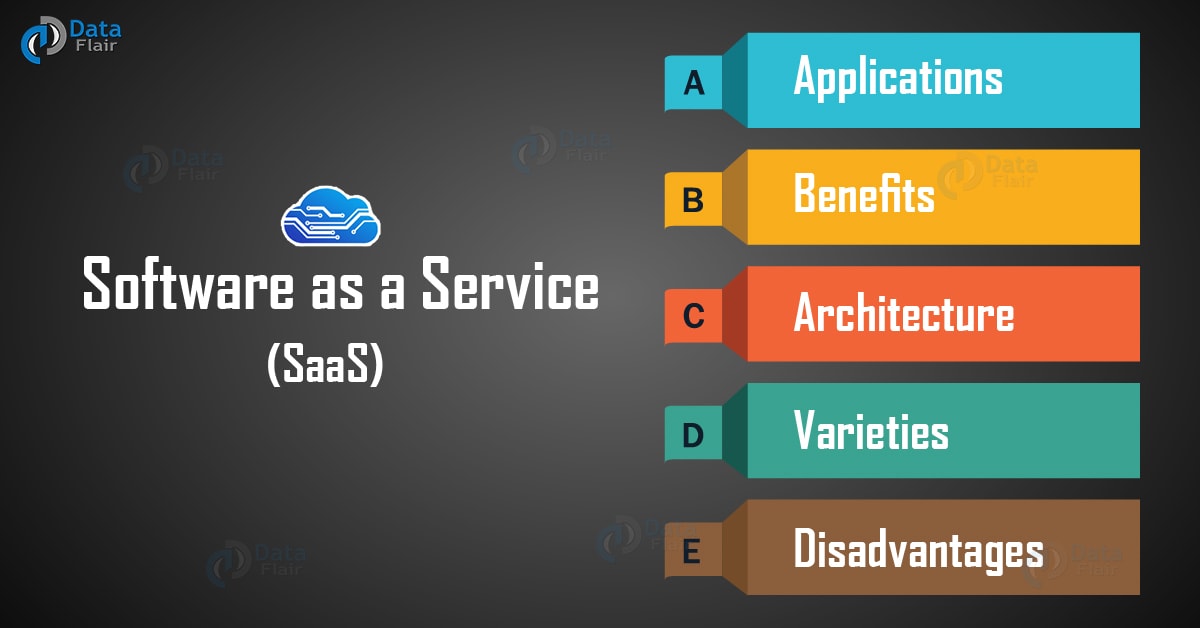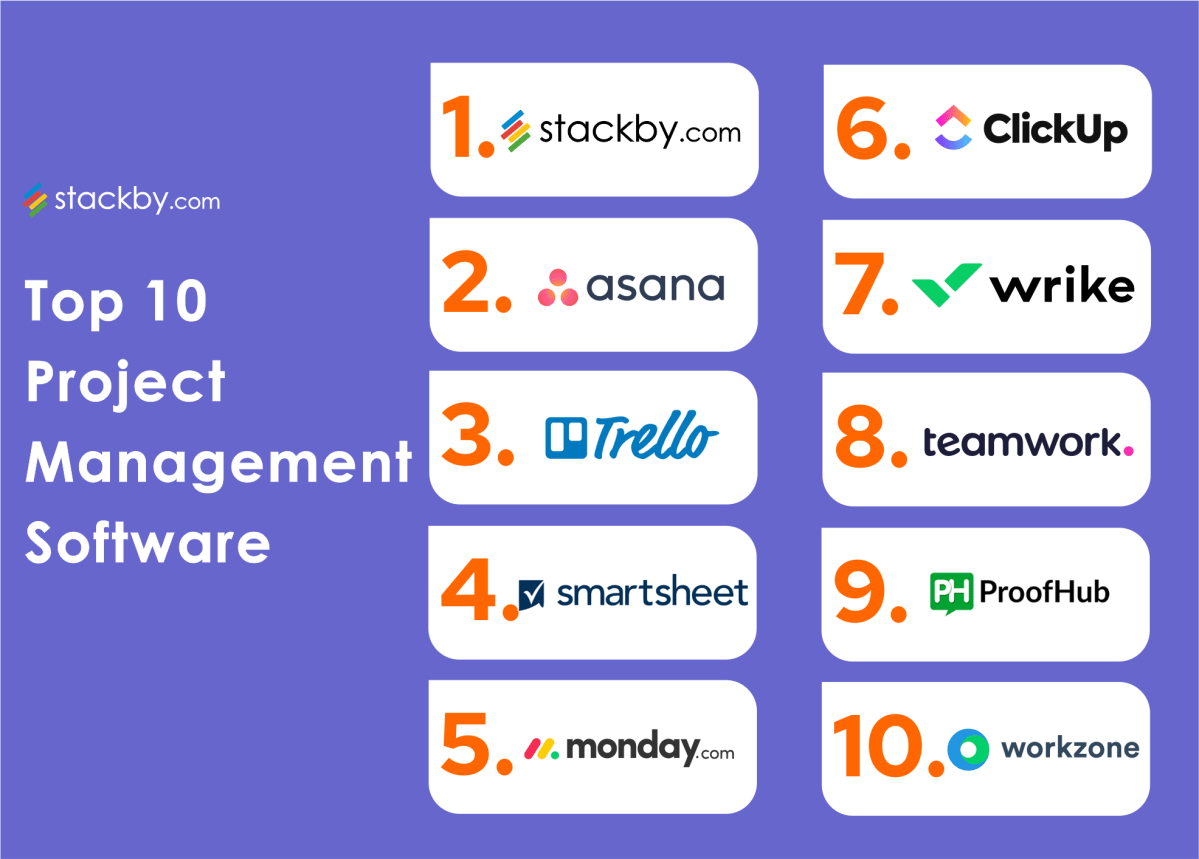API Integrations: 7 Powerful Benefits You Can’t Ignore
In today’s hyper-connected digital world, API integrations are the secret sauce behind seamless software communication. From automating workflows to unlocking real-time data, they’re transforming how businesses operate—efficiently, scalably, and smarter.
What Are API Integrations? A Beginner’s Guide

At its core, an API (Application Programming Interface) is a set of rules and protocols that allows different software applications to communicate with each other. When we talk about API integrations, we’re referring to the process of connecting two or more software systems via their APIs so they can exchange data and functionality seamlessly.
How APIs Work: The Digital Waiter Analogy
Think of an API as a waiter in a restaurant. You, the customer (a software application), place an order (a request). The waiter (the API) takes your order to the kitchen (another application or server), which prepares the meal (processes the request). The waiter then brings the meal back to you. In technical terms, your app sends a request via the API to another service, which processes it and returns a response—like retrieving user data, posting a tweet, or processing a payment.
- APIs use standard protocols like HTTP, REST, SOAP, or GraphQL.
- Requests and responses are typically formatted in JSON or XML.
- Each API has endpoints—specific URLs where requests are sent.
“APIs are the building blocks of modern software ecosystems.” — Forbes Technology Council
Types of APIs Used in Integrations
Not all APIs are created equal. Depending on who can access them and their intended use, APIs fall into several categories:
- Public APIs: Openly available for external developers. Examples include Twitter API, Google Maps API, and OpenWeather API. These often require API keys for authentication.
- Partner APIs: Shared with specific business partners. For instance, a travel booking platform might integrate with an airline’s API to access flight inventory.
- Internal (Private) APIs: Used within an organization to connect internal systems, like linking HR software with payroll systems.
- Composite APIs: Combine multiple API calls into a single operation, improving performance in microservices architectures.
Understanding these types helps businesses choose the right integration strategy based on security, scalability, and access needs.
Why API Integrations Are Essential in 2024
The digital transformation wave has made API integrations not just a technical option but a strategic necessity. Companies that leverage API integrations gain a competitive edge by automating processes, enhancing customer experiences, and unlocking data-driven insights.
Breaking Down Data Silos
One of the biggest challenges in modern enterprises is data fragmentation. Sales, marketing, finance, and operations often run on separate systems, creating isolated data silos. API integrations bridge these gaps by enabling real-time data flow across platforms.
- CRM systems like Salesforce can sync with email marketing tools like Mailchimp.
- ERP systems can pull inventory data from e-commerce platforms like Shopify.
- Customer support tools like Zendesk can access user history from billing systems.
This interconnectedness ensures that every department works with up-to-date, accurate information, reducing errors and improving decision-making.
Accelerating Digital Transformation
Organizations undergoing digital transformation rely heavily on API integrations to modernize legacy systems. Instead of replacing old software, APIs act as adapters, allowing new cloud-based applications to interact with on-premise databases or outdated software.
For example, a bank might use APIs to connect its core banking system with a mobile banking app, enabling customers to check balances, transfer funds, and pay bills without rebuilding the entire backend.
According to a McKinsey report, companies with mature API strategies achieve 30% faster time-to-market for new digital products.
Top 7 Benefits of API Integrations for Businesses
The value of API integrations extends far beyond technical connectivity. They deliver tangible business outcomes across departments and industries. Here are seven powerful benefits that make API integrations indispensable.
1. Automation of Repetitive Tasks
Manual data entry and cross-platform updates are time-consuming and error-prone. API integrations automate these processes, freeing up employees for higher-value work.
- Automatically create customer records in CRM when a new sale is made on an e-commerce platform.
- Synchronize project tasks between Trello and Jira without manual input.
- Trigger email campaigns in HubSpot when a lead reaches a certain score in a marketing automation tool.
Tools like Zapier and Integromat thrive on this principle, offering no-code solutions for automating workflows through API integrations.
2. Real-Time Data Access and Synchronization
In fast-moving industries like finance, logistics, and e-commerce, real-time data is critical. API integrations enable instant data exchange, ensuring systems are always in sync.
- Stock trading platforms use market data APIs to display live prices.
- Fleet management systems pull real-time GPS data from vehicles via API.
- E-commerce sites update inventory levels across multiple channels instantly.
This real-time capability reduces latency, prevents overselling, and improves customer trust.
3. Enhanced Customer Experience
Customers expect seamless, personalized interactions across all touchpoints. API integrations make this possible by unifying customer data from various sources.
- Integrate chatbots with CRM to provide personalized support using customer history.
- Embed payment gateways like Stripe or PayPal for frictionless checkout.
- Use social media APIs to allow single sign-on and content sharing.
A study by Gartner found that organizations using API-driven customer data platforms report a 25% increase in customer satisfaction scores.
4. Faster Innovation and Time-to-Market
Instead of building features from scratch, developers can leverage existing APIs to add functionality quickly. This accelerates product development cycles.
- Add geolocation features using Google Maps API.
- Implement voice recognition with Amazon Alexa or Google Assistant APIs.
- Enable document signing via DocuSign API.
This ‘build vs. buy’ strategy allows startups and enterprises alike to focus on core competencies while outsourcing non-core functionalities through API integrations.
5. Scalability and Flexibility
As businesses grow, their technology stack must scale accordingly. API integrations provide the flexibility to add new tools and services without overhauling existing systems.
- Add new payment methods by integrating with additional gateways.
- Scale customer support by connecting to multiple communication channels (WhatsApp, SMS, email) via APIs.
- Expand into new markets by integrating with local tax and compliance services.
This modular approach supports agile growth and reduces technical debt.
6. Cost Efficiency and Reduced Development Time
Developing complex features in-house can be expensive and time-consuming. API integrations reduce both development time and operational costs.
- Use Twilio API for SMS instead of building a telecom infrastructure.
- Leverage AWS Lambda for serverless computing via API calls.
- Integrate with authentication providers like Auth0 to avoid building login systems.
According to a Forrester study, companies using external APIs save up to 40% in development costs compared to building equivalent functionality internally.
7. Improved Security and Compliance
Contrary to common belief, well-designed API integrations can enhance security. Modern APIs use robust authentication methods like OAuth 2.0, API keys, and JWT tokens to control access.
- Role-based access ensures only authorized systems can retrieve sensitive data.
- Encryption in transit (HTTPS) protects data during exchange.
- Audit logs track all API calls for compliance with GDPR, HIPAA, or SOC 2.
API gateways like Apigee and AWS API Gateway provide additional layers of security, rate limiting, and monitoring.
Common Use Cases of API Integrations Across Industries
API integrations are not limited to tech companies. They are transforming industries from healthcare to retail. Let’s explore real-world applications.
E-Commerce and Retail
Online retailers rely on API integrations to manage inventory, process payments, and deliver personalized experiences.
- Shopify integrates with shipping carriers (FedEx, UPS) via APIs to generate labels and track packages.
- Magento uses payment gateway APIs (Stripe, PayPal) for secure transactions.
- Product recommendation engines pull data from customer behavior APIs.
These integrations streamline operations and boost conversion rates.
Finance and Banking
The rise of open banking has made API integrations central to financial services.
- Plaid and Yodlee connect bank accounts to budgeting apps like Mint or YNAB.
- Payment processors like Square and Adyen use APIs to enable point-of-sale systems.
- Fintech startups leverage banking-as-a-service (BaaS) APIs to offer digital wallets and lending.
The UK Open Banking initiative mandates banks to provide secure APIs, fostering innovation and competition.
Healthcare
In healthcare, API integrations improve patient care and operational efficiency.
- EHR (Electronic Health Record) systems like Epic and Cerner use APIs to share patient data securely.
- Telemedicine platforms integrate with scheduling and billing systems.
- Wearable devices (Fitbit, Apple Watch) send health data to medical apps via APIs.
FHIR (Fast Healthcare Interoperability Resources) is a modern API standard gaining traction in healthcare for standardized data exchange.
Challenges and Risks of API Integrations
While the benefits are significant, API integrations come with challenges that must be managed carefully.
Security Vulnerabilities
Exposing internal systems via APIs increases the attack surface. Poorly secured APIs can lead to data breaches.
- Unauthenticated endpoints can be exploited by hackers.
- Excessive data exposure (returning more data than needed) increases risk.
- APIs can be targets for DDoS attacks or injection exploits.
Best practices include using HTTPS, validating input, implementing rate limiting, and conducting regular security audits.
Versioning and Deprecation
APIs evolve over time. When a provider updates or deprecates an API, it can break existing integrations.
- Twitter’s API v1.1 deprecation forced many third-party apps to shut down.
- Google Maps API pricing changes impacted small businesses relying on free tiers.
To mitigate this, developers should monitor API changelogs, use versioned endpoints, and design fallback mechanisms.
Performance and Latency Issues
API calls depend on network conditions and the performance of the remote server. Slow responses can degrade user experience.
- High-latency APIs can delay page loads or transaction processing.
- Rate limits may restrict the number of requests per second.
- Third-party outages can bring down dependent services.
Solutions include caching responses, using asynchronous processing, and implementing retry logic with exponential backoff.
Best Practices for Successful API Integrations
To maximize the benefits and minimize risks, organizations should follow proven best practices when implementing API integrations.
Choose the Right API Architecture
The choice between REST, GraphQL, SOAP, or gRPC depends on use case requirements.
- REST: Widely adopted, stateless, uses HTTP methods. Ideal for public APIs. Learn more at restfulapi.net.
- GraphQL: Allows clients to request only the data they need. Great for mobile apps with limited bandwidth.
- SOAP: More rigid, XML-based, often used in enterprise environments with strict security needs.
- gRPC: High-performance, uses Protocol Buffers, ideal for microservices communication.
REST remains the most popular choice for API integrations due to its simplicity and scalability.
Implement Robust Error Handling
APIs don’t always return success. Proper error handling ensures reliability.
- Check HTTP status codes (4xx for client errors, 5xx for server errors).
- Log errors for debugging and monitoring.
- Provide user-friendly messages without exposing sensitive system details.
For example, if a payment API returns a 402 (Payment Required), the application should prompt the user to update their billing method.
Monitor and Analyze API Performance
Ongoing monitoring is crucial for maintaining healthy API integrations.
- Track response times, error rates, and uptime.
- Use tools like Postman, New Relic, or Datadog for API testing and monitoring.
- Set up alerts for anomalies or service degradation.
Proactive monitoring helps identify issues before they impact users.
Tools and Platforms for Managing API Integrations
A variety of tools can simplify the process of creating, testing, and managing API integrations.
No-Code Integration Platforms
For non-technical users, no-code platforms make API integrations accessible.
- Zapier: Connects over 5,000 apps with simple triggers and actions. Ideal for marketing, sales, and HR workflows.
- Make (formerly Integromat): Offers visual workflow automation with complex logic and data manipulation.
- Automate.io: Focuses on CRM and email marketing integrations.
These tools reduce dependency on developers and accelerate integration deployment.
Enterprise API Management Solutions
For large organizations, dedicated API management platforms provide control and scalability.
- Apigee (Google Cloud): Offers API analytics, security, and developer portal features.
- AWS API Gateway: Fully managed service for creating, deploying, and securing APIs at scale.
- Azure API Management: Integrates with Microsoft’s cloud ecosystem for hybrid and multi-cloud setups.
These platforms support monetization, access control, and comprehensive monitoring.
Development and Testing Tools
Developers rely on specialized tools to build and test API integrations.
- Postman: The go-to tool for API testing, documentation, and collaboration. Visit postman.com to explore.
- Swagger (OpenAPI): Standard for designing and documenting REST APIs.
- Insomnia: Alternative to Postman with a clean interface and code generation.
These tools improve development speed and ensure API reliability.
The Future of API Integrations: Trends to Watch
As technology evolves, so do API integrations. Emerging trends are shaping the next generation of connected systems.
Rise of AI-Powered APIs
Artificial intelligence is being embedded into APIs, enabling smart integrations.
- OpenAI’s API allows developers to integrate GPT models into applications.
- Google Cloud Vision API enables image recognition in apps.
- Speech-to-text and sentiment analysis APIs enhance customer service bots.
These AI-driven API integrations are making applications more intelligent and responsive.
Event-Driven and Serverless Architectures
Modern applications are shifting from request-response models to event-driven designs.
- APIs trigger actions based on events (e.g., a new file upload triggers a processing workflow).
- Serverless functions (AWS Lambda, Azure Functions) are invoked via API calls, reducing infrastructure costs.
- Platforms like Kafka and AWS EventBridge enable real-time event streaming.
This architecture improves scalability and responsiveness.
APIs as a Product (API-as-a-Product)
Forward-thinking companies are treating their APIs as revenue-generating products.
- Stripe, Twilio, and Plaid monetize their APIs through usage-based pricing.
- Developer portals provide documentation, SDKs, and support to attract third-party developers.
- API marketplaces like RapidAPI allow developers to discover and consume APIs easily.
This trend is creating new business models centered around API integrations.
What are API integrations?
API integrations are the process of connecting two or more software applications via their APIs to enable data exchange and functionality sharing. They allow systems like CRMs, payment gateways, and cloud services to work together seamlessly.
Why are API integrations important?
They eliminate data silos, automate workflows, improve customer experiences, and accelerate innovation. Businesses use them to enhance efficiency, reduce costs, and scale operations without rebuilding legacy systems.
How do I secure API integrations?
Use HTTPS, implement authentication (OAuth 2.0, API keys), validate input data, apply rate limiting, and monitor for suspicious activity. Tools like API gateways and web application firewalls (WAFs) add extra protection.
What are some common API integration tools?
Zapier, Make, Postman, Apigee, AWS API Gateway, and Azure API Management are widely used for building, testing, and managing API integrations across different complexity levels.
Can small businesses benefit from API integrations?
Absolutely. Small businesses use API integrations to automate marketing, manage orders, accept payments, and sync customer data—often with no-code tools—helping them compete with larger enterprises.
API integrations are no longer a luxury—they are a cornerstone of modern digital infrastructure. From automating mundane tasks to enabling AI-powered services, they empower businesses to innovate faster, operate smarter, and deliver better experiences. By understanding their benefits, challenges, and best practices, organizations can harness the full potential of connected systems. As technology advances, the role of API integrations will only grow, making them essential for any business aiming to thrive in the digital age.
Further Reading:







